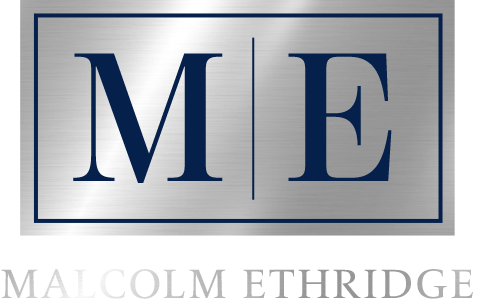Navigating the Tax Implications of Side Hustles and Consulting
In the modern economy, side hustles, consulting, and freelance work have become increasingly popular ways to supplement income. And in some cases, side projects can even produce more income than traditional full-time employment, though managing the tax implications of these additional earnings can be challenging.
Income from side projects is subject to taxes, just like your paycheck from your full-time job. However, unlike traditional employment, taxes are not automatically withheld from your earnings. Instead, you are responsible for reporting this income and paying the appropriate taxes, including self-employment tax, Social Security, and Medicare.
To subscribe to the MalcolmOnMoney newsletter and receive more content like this, click here.
Since taxes are not withheld from your side income, you may need to make quarterly estimated tax payments to avoid penalties. The IRS provides Form 1040-ES, Estimated Tax for Individuals, which includes a worksheet to help calculate your estimated taxes. These payments are typically due in April, June, September, and January of the following year.
Come tax season, the income from your side hustle should be reported on Schedule C of IRS Form 1040. This form allows you to deduct legitimate business expenses, reducing your taxable income. These expenses vary and commonly include items such as any supplies, home office costs, and mileage to and from any business-related meetings.
In addition to the typical deductible expenses for side hustlers, there are several lesser-known deductible expenses that can further reduce your taxable income. For instance, if you use your personal cell phone for business purposes, you can deduct the portion of your bill that is used for business. Costs associated with books, courses, workshops, webinars, or conferences that enhance your skills can also be deductible.
Receiving such deductions requires keeping a detailed log to establish how much of your expenses have a legitimate business purpose throughout the year. Collaborating with a bookkeeper or utilizing bookkeeping and accounting software can help you manage your financial records, ensuring that all income and expenses are accurately reported for tax purposes as well.
Self-employment tax laws and regulations are complex and constantly changing. These bookkeeping tools are designed specifically for small businesses or freelancers and can simplify the process of tracking your financial transactions and generating the reports needed for tax filing.
Having separate bank accounts and credit cards for your personal and business expenses makes it easier to track your transactions as well. This distinction helps ensure that you only claim deductions for legitimate business expenses, reducing the risk of errors or issues with the IRS down the road.
If the IRS were to question the legitimacy of any business deductions, they could initiate a more detailed audit or examination of your tax return to review your deductions and the accuracy of your reported income and expenses. Thus, it is important to maintain good records of your income and expenses for a minimum of three (3) years.
For those who do not rely on side income to cover all their living expenses, there is also the opportunity to defer a portion of that income into retirement accounts, such as a Simplified Employee Pension (SEP) IRA or a solo 401(k). These retirement accounts are designed for self-employed individuals and offer generous contribution limits. They also allow you to reduce your taxable income dollar-for-dollar and, consequently, your tax bill.
A SEP IRA allows contributions up to 25% of your net earnings from self-employment (up to a maximum of $69,000 for 2024) and defers any investment gains from taxation. A solo 401(k), however, allows self-employed individuals to contribute up to similar limits and also offers the ability to contribute as both the employer and the employee. With either plan, there is the option to make additional catch-up contributions of up to $7,000 if you are age 50 or older.
Additionally, IRS rules regarding both the SEP IRA and solo 401(k) allow you to establish the plan and make contributions retroactively for the previous year up until your tax deadline, which is April 15 for most and March 15 for S-Corporations and Partnerships.
The current shift towards more flexible and independent forms of employment has opened new avenues for generating income, sometimes surpassing traditional employment in both freedom and financial reward. However, this shift also imposes a greater responsibility on side hustlers to be proactive about managing their finances, particularly when it comes to taxes.
Managing the tax implications of running a side business requires a proactive approach. By understanding your tax obligations, developing a system to track expenses, and making estimated tax payments on time, you can minimize your tax liability while maximizing the benefits of being self-employed.
*********************************************
Malcolm Ethridge, CFP® is the Managing Partner of Capital Area Planning Group based in Washington, DC. He is also the Managing Partner of Capital Area Tax Consultants.
Malcolm’s areas of expertise include retirement planning, investment portfolio development, tax planning, insurance, equity compensation and other executive benefits.
Disclosures:
The information provided is for educational and informational purposes only, does not constitute investment advice, and should not be relied upon as such. Be sure to consult with your legal advisors before taking any action that could have tax and legal consequences.
Investments in securities and insurance products are:
NOT FDIC-INSURED | NOT BANK-GUARANTEED | MAY LOSE VALUE
